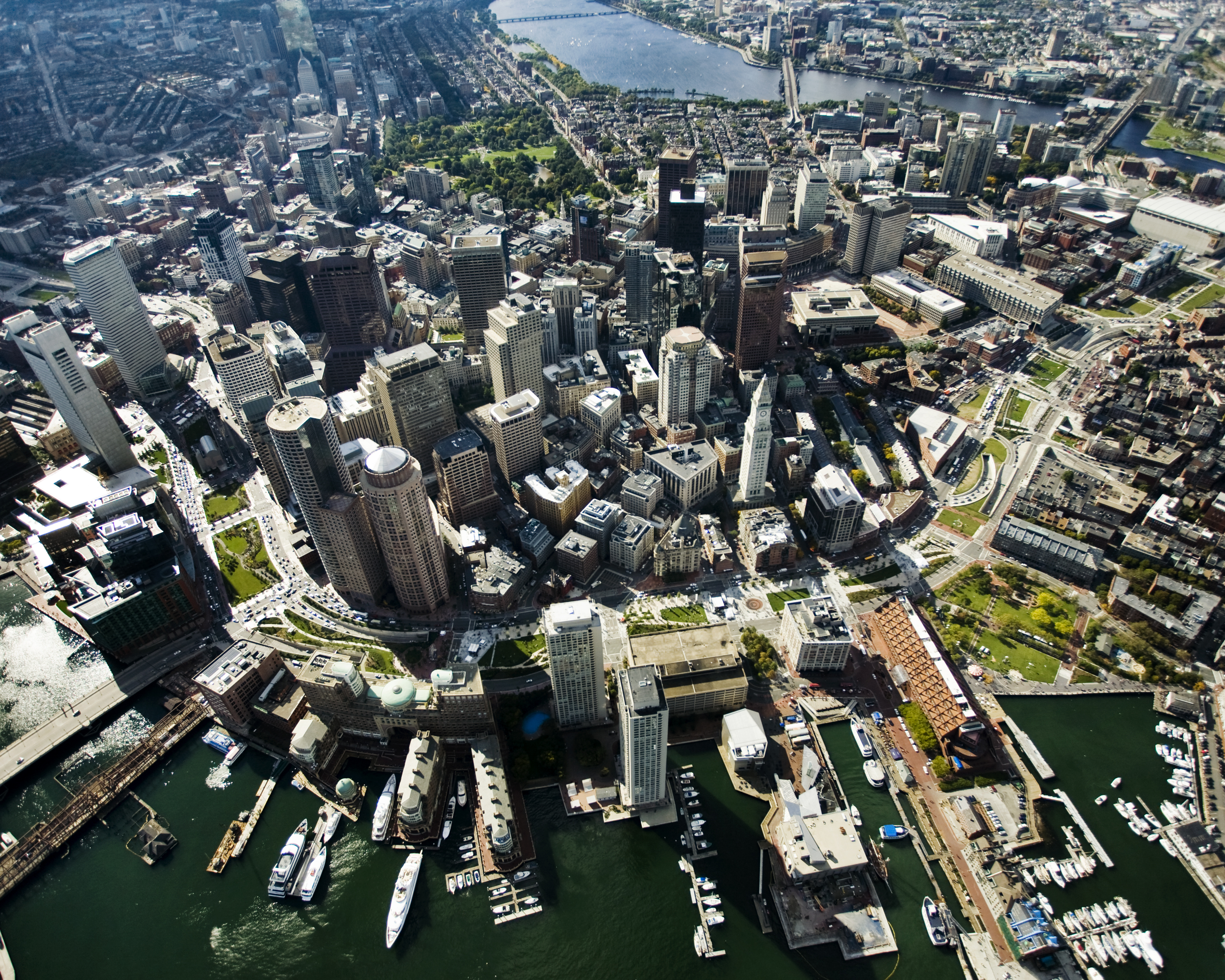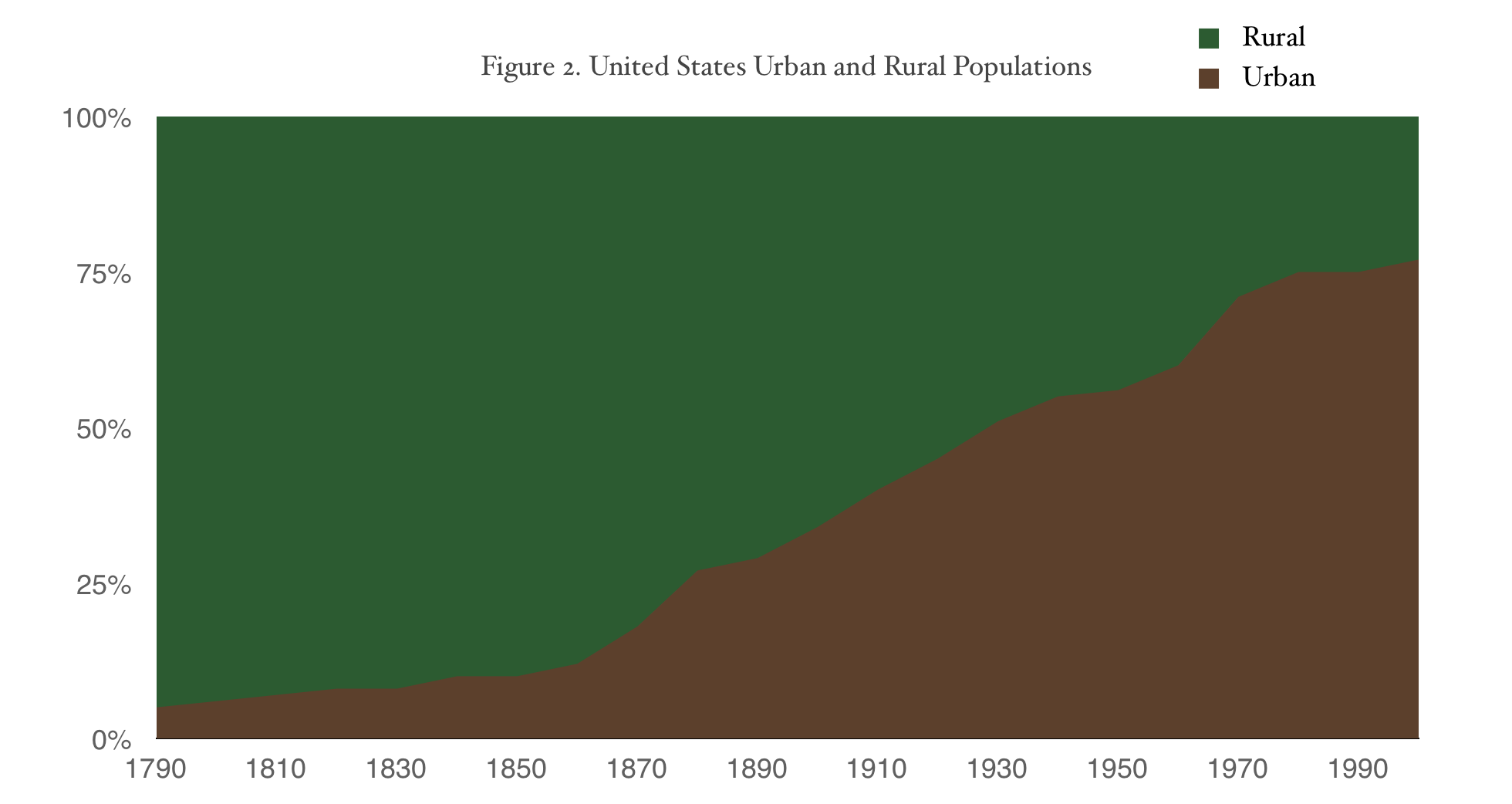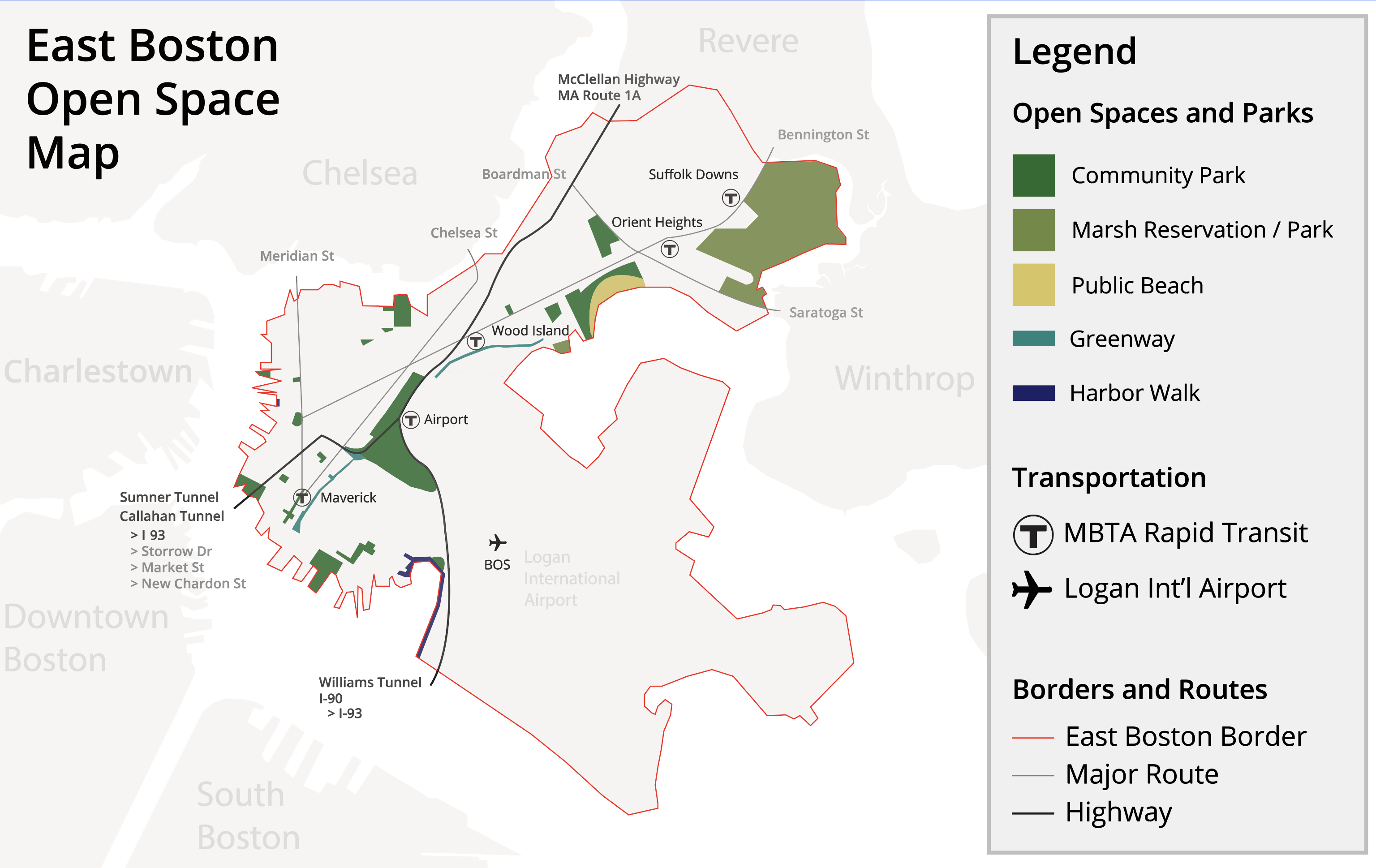Human-Wildlife Conflict
2.5 The Impact of Urban Greenspace on Bird Populations
Kristin J. Harpster
Large cities are often located in areas that are naturally species rich. As urbanization increases globally, what is the impact on biodiversity and species richness of birds? Can cities be designed to preserve biodiversity and the inhabitants learn to coexist with the bird species that dwell in them?

As nations become more industrialized, cities and urban areas are expanding at a rapid rate. The percentage of the human population living in cities is expected to reach 70% by 2050.4 Cities are made for the benefit of humans and often have detrimental effects on other species. Large urban areas have become biological deserts, with decreasing biodiversity and fewer native species.8 All cities have a certain amount of greenspace, such as public parks, woodlots, gardens, or just strips of vegetation along roads or highways. These spaces are essential for maintaining species richness and biodiversity of modern urban areas.7 Birds often act as indicators of habitat quality, and are used as a model group to assess the effects of urbanization on the environment.4
Large cities are often located in areas that are naturally species rich, which allow urban areas the potential to have significant impacts on biodiversity in the region.1,3 This enhances the responsibility of urban planning in designing cities that are environmentally sustainable as well as convenient for the human residents of the city. In Stockholm, Sweden, areas of vegetation have been found to be nesting and breeding locations for seven forest bird species on the national red list.7 This demonstrates the environmental importance of creating and sustaining similar areas. Not only do greenspaces have value for birds and other wild animals, they also provide health benefits to the humans.2,3

One challenge of creating and maintaining greenspace is the limited amount of area in a city. Urban sprawl is a common response to create more land area in major cities, but this can be problematic for bird species. Species diversity and richness is lower in urban areas than rural areas, and the spread of urbanization can decrease potential habitat for native bird species.9 To avoid urban sprawl, some Swedish cities have adopted the strategy of compaction as recommended by the Commission of the European Community. Compaction is building on land already within city limits.8 This poses another challenge as existing greenspace, other than public parks, may be used for new building locations.
Research has focused on what effects these urban greenspaces have on bird diversity and species richness, and which factors are the most important in providing habitat for birds. There is some variation in the type and size of greenspace being studied. In a study conducted by Carbo-Ramirez & Zuria (2011), the researchers studied small urban greenspaces in Pachuca, Mexico.2 As many Latin American cities have few and small areas designated for vegetation, the study concentrated on parks, gardens, and road strip corridors, each consisting of less than 2 hectares.2 A study conducted by Ikin et al. (2013) also focused on smaller areas of vegetation.5 The locations of the experiment were neighborhood pocket parks which are common in the city of Canberra, Australia.5 In Boston, Strohbach et al. (2013) studied the effects of the city’s greening program by surveying the new greenspaces created by the program in contrast to other established areas of vegetation in the city.9 Boston’s “Grow Boston Greener” program gives donations to non-profits for tree plantings, focusing on areas with little to no greenspace.9

Other studies in urban greenspace did not limit the scope of research to program or size. The methodology of research for these studies included selecting several locations throughout a city, and monitoring of these areas at regular intervals over a period of time. Chosen greenspaces were analyzed for factors that could have potential effects on the bird population. These factors included size and connectivity, density of trees and brush, and human disturbance.2,5,7,8 The most common method used for recording birds in the designated areas was the point count method.2,4,5,8,9 There were several methods used to avoid bias or missed birds during the study period. In the study conducted by Ikin et al. (2013), the sites were not visited in the same order each day, and the studies were repeated on separate days.5 To account for missed birds, Strohbach et al. (2013) assigned a different observer to the morning and evening shifts, and varied the observers over the two-year study period.9 The data collected on the number of individual birds and the number of species was then statistically analyzed using a variety of methods. In these studies, birds that were flying overhead without any sign of using the area for nesting or feeding were disregarded.
Research discovered several important factors which make urban greenspaces better habitats for bird species. Size of the greenspace is one of the most important factors in the amount of individual birds and species living in the area.2,6,7,9 Connectivity, or the amount of nearby habitat for birds, was also found to have an effect on birds.7 In relation to connectivity, a high number of buildings or increasing residential density has a negative impact on bird diversity.2,5,10 Tree and other vegetation density is also an important variable in bird habitat.4,5,6,8 The size of the trees and the cavities provided by them also influence bird population.5,6
Figure 4. Native East Coast Urban Bird Species. A male Baltimore oriole, a female Hairy woodpecker, and a male Cardinal can all be found in large east coast cities such as Chicago or Boston. These birds face challenges as urban sprawl grows in these environments. (References below)
There is not a universal solution for the decrease in bird habitat in urban areas. On the individual level, homeowners can take steps such as planting trees and shrubs in their yards to provide nesting places for birds. To promote compaction, zoning laws are suggested which regulate the amount of greenspaces in a city.8 Boston is home to the “Grow Boston Greener” program, which hopes to grow the amount of urban forest in the city from 29% to 35% by 2030.9 The city of Delhi, India, has an intensive greening plan created by the state government, which has increased the greenspace in the city, even though Delhi is experiencing rapid growth.6 Further research can be used to improve the quality of the greenspace in urban areas, and to aid in urban planning of future communities in a way that is conducive to improving the habitat quality for birds.
References:
- Aronson, M. et. al. (2014). A global analysis of the impacts of urbanization on bird and plant diversity reveals key anthropogenic drivers. Proceedings of the Royal Society B, 281(1780). http://dx.doi.org/10.1098/rspb.2013.3330
- Carbo-Ramirez, P. & Zuria, I. (2011). The value of small urban greenspaces for birds in a Mexican city. Landscape and Urban Planning, 100(3):213-222
- Coles, J. (2015, July 31). How a City Can Save Its Wildlife. BBC.
- Fontana, S. et. al. (2011). How to manage the urban green to improve bird diversity and community structure. Landscape and Urban Planning, 101(3):278-285
- Ikin, K. et. al. (2013). Pocket parks in a compact city: how do birds respond to increasing residential density? Landscape Ecology, 28(1):45-56
- Khera, N. et. al. (2009). Interrelationship of birds and habitat features in urban greenspaces in Delhi, India. Urban Forestry & Urban Greening, 8(3):187-196
- Mortberg, U. & Wallentinus, H. (2000). Red-listed forest bird species in an urban environment — assessment of green space corridors. Landscape and Urban Planning, 50(4):215-226
- Sandström, U.G. et. al. (2006). Ecological diversity of birds in relation to the structure of urban green space. Landscape and Urban Planning, 77(1-2):39-53
- Strohbach, M. et. al. (2013). Are small greening areas enhancing bird diversity? Insights from community-driven greening projects in Boston Landscape and Urban Planning, 114:69-79
- Zielinski, S. (2011, December 7). The City Bird and the Country Bird. Smithsonian. Retrieved from https://www.smithsonianmag.com/science-nature/the-city-bird-and-the-country-bird-2005280/
Figures:
- Flannery, John. (2014). [Photograph of cardinal]. Retrieved from FlickrCommons. CC BY-ND 2.0.
- Hellogreenway. (2008). [Aerial photograph of greenway]. Retrieved from Wikimedia Commons. CC BY-SA 3.0.
- Historical Statistics of the United States. (2015). United States Census Bureau. [Graph of rural and urban populations]. Retrieved from https://www.census.gov/library/publications/1975/compendia/hist_stats_colonial-1970.html
- JD. (2013). [Photograph of Baltimore Oriole]. Retrieved from FlickrCommons. CC BY 2.0.
- MrJARichard. (2014). [Map of parks and open spaces in East Boston, Massachusetts]. Retrieved from Wikimedia Commons. CC BY 4.0.
- Perensovich, Kameron. (2012). [Photograph of female hairy woodpecker]. Retrieved from FlickrCommons. CC BY-SA 2.0.
